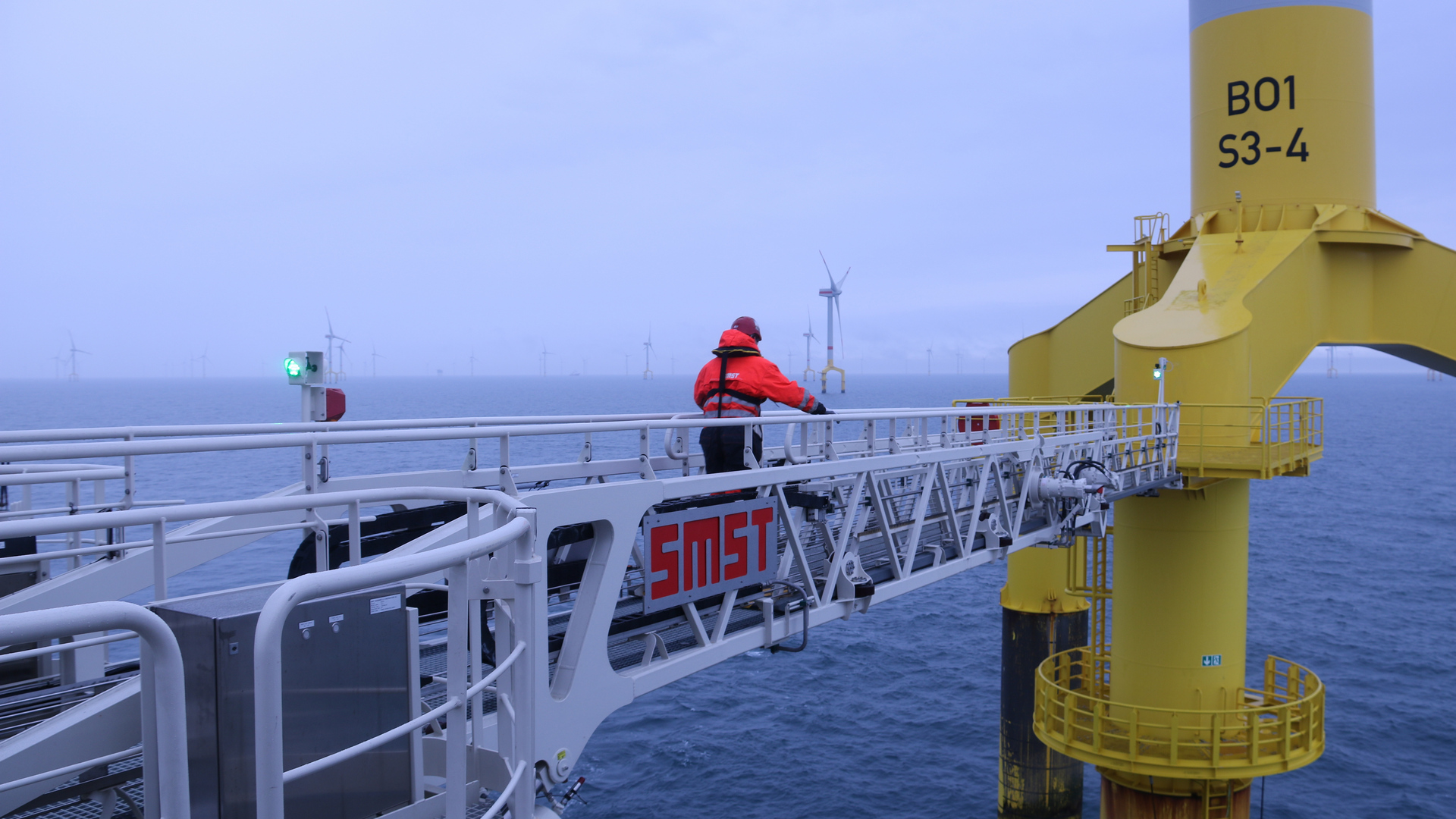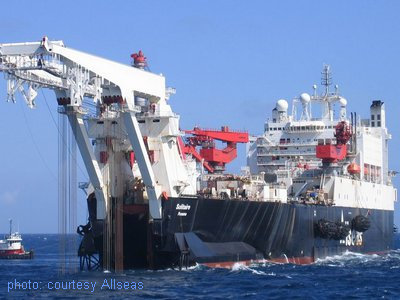Offshore
In the marine & offshore market a big driver for the automation of machines is the increased demand for safety and accuracy. These demands can be met by using digital twins. Controllab has been active in the offshore market for more than 20 years. With our digital twins we help companies to design and test control software and provide training simulators for cranes, gangways, cable lay and other complex machines.
Cranes
Controllab is specialized in the analysis and development of control software for cranes. The basis of our success is the digital twin, i.e a 3D simulation model, that we create for every crane. The twin enables us to develop and thoroughly test the software before the real crane has been built. With this technology we have helped our customers to develop highly successful new cranes.
Every crane has performance limits like the maximum speed or maximum load. With system dynamics, we investigate these limits and see how they affect the design of the crane. The basis is a parameterized 3D simulation model that we use to run simulations and investigate hundreds of scenarios. Special techniques like time and frequency domain analysis are used to analyze the model and use the outcomes to make design improvements.
Tag line control
Save lifting of loads with offshore cranes is often compromised by the external conditions. Heavy winds or ship motions can make the crane load start to swing, leading to dangerous operations for the deck crew. The application of tag lines is a secure method to reduce the swinging of loads and secure a save deck operation.
Motion compensated
Compensate for the motion of the crane base, e.g, a ship in waves. Controllab is the only independent supplier of motioncompensation control systems in the offshore wind industry. We have worked for all of the main companies in the offshore wind industry
Anti-sway
Damp out wind and motion induced swinging of the load. Controllab can deliver anti-sway control which automatically reduces sway during the transfer from the vessel to the wind turbine.
Gangways
Controllab has developed motion compensation controllers for a wide range of motion compensated gangways. The basis of our success is the digital twin, i.e a 3D simulation model, that we create for every access bridge. The digital twin enables us to develop and thoroughly test the software before the real bridge has been built. With this technology we have helped our customers to bring a new generation of highly advanced gangways on the market.
Every access bridge has performance limits like the maximum speed or maximum load. With system dynamics, we investigate these limits and see how they affect the design of the bridge. The basis is a parameterized 3D simulation model that we use to run simulations and investigate hundreds of scenario’s. Special techniques like time and frequency domain analysis are used to analyze the model and use the outcomes to make design improvements.
Automatic landing control
Controllab has developed motion compensated controller for a wide range of acces bridges. In most cases the tip is landed onto a U-profile steel bar. Controllab can extend this controller to facilitate automated landing.
Motion compensated
Compensate for the motion of the gangways e.g, a ship in waves. Controllab is the only independent supplier of motion compensation control systems in the offshore wind industry. We have worked for all of the main companies in the offshore wind industry.
Collision detection
During the automated approach to the landing spot and during retraction, no part of the acces bridge may collide with the wind turbine platform. Controllab has proven software algorithms for collision detection, which can be integrated into the motion control compensation software.
Pipe and cable lay
The complexity of pipe and cable lay machinery is not only stems from the individual machines but also from the coordinated way of operation to lower a cable or pipe safely from the ship. Controllab has developed control systems for tensioners, straighteners, carousels and more. The basis of our success is the digital twin, i.e a 3D simulation model, that we create for every access bridge. The digital twin enables us to develop and thoroughly test the software before the real pipe and cable lay machine has been built.
Monopile grippers
Monopile grippers are used to keep a monopile upright during hammering and prevent it from falling over. Traditionally this is done with Jack Up ships, but recently also DP crane vessels are being used. The monopile gripper on a crane ship has to compensate for the motion of the ship, making it a highly dynamical system.
The loads on a dynamic monopile gripper are quite large, which puts limits onto the power and the speed of the system. With system dynamics, we investigate these limits and see how they affect the design of the gripper. The basis is a parameterized 3D simulation model of the ship, the crane and the gripper. Environmental loads in the form of wind, waves, current and the soil conditions are added as well as the gripper control system. Controllab is one of the few companies who are able to couple all of these simulation models and run simulations to test the performance of the gripper.
Digital Twins
In the offshore lot of special equipment is being used for the oil and wind industry. With our technology we can efficiently develop digital twins for special machines. We have build digital twins for a pile gripper, boat landing tool, boom lock, passenger transfer systems and more. The benefits for our digital twins allowed our customers to improve their quality, work faster, reduce stress and save cost.



